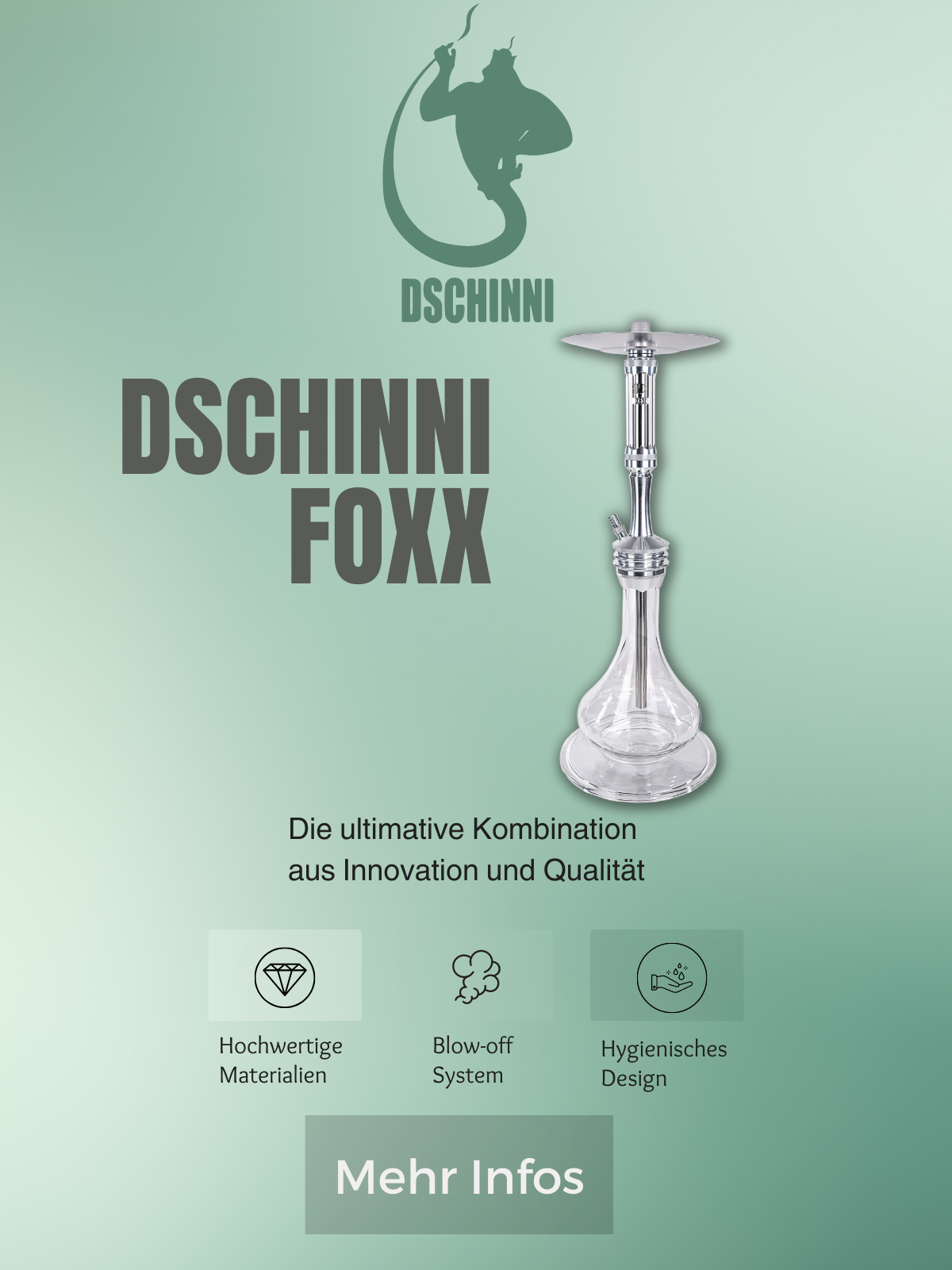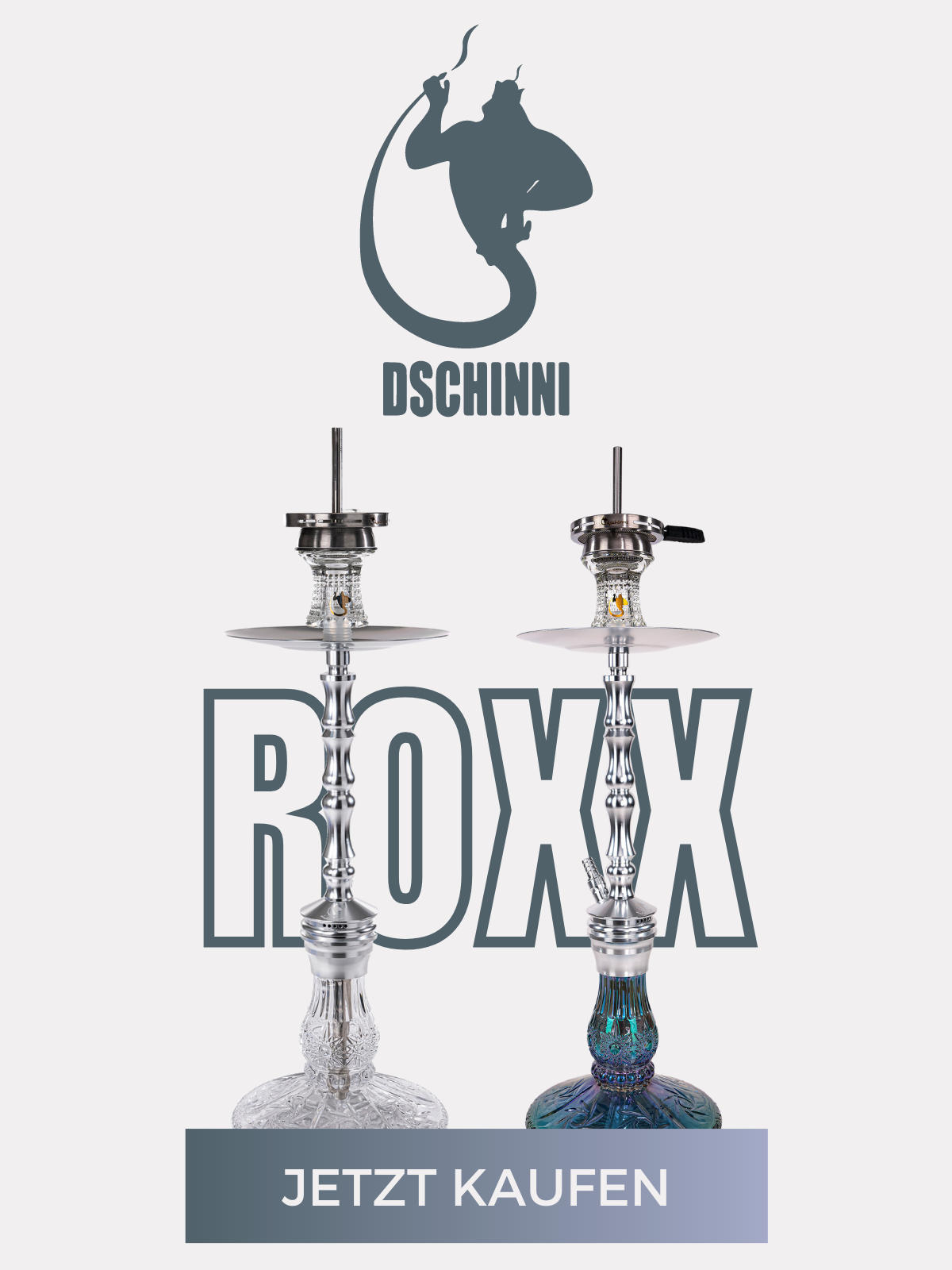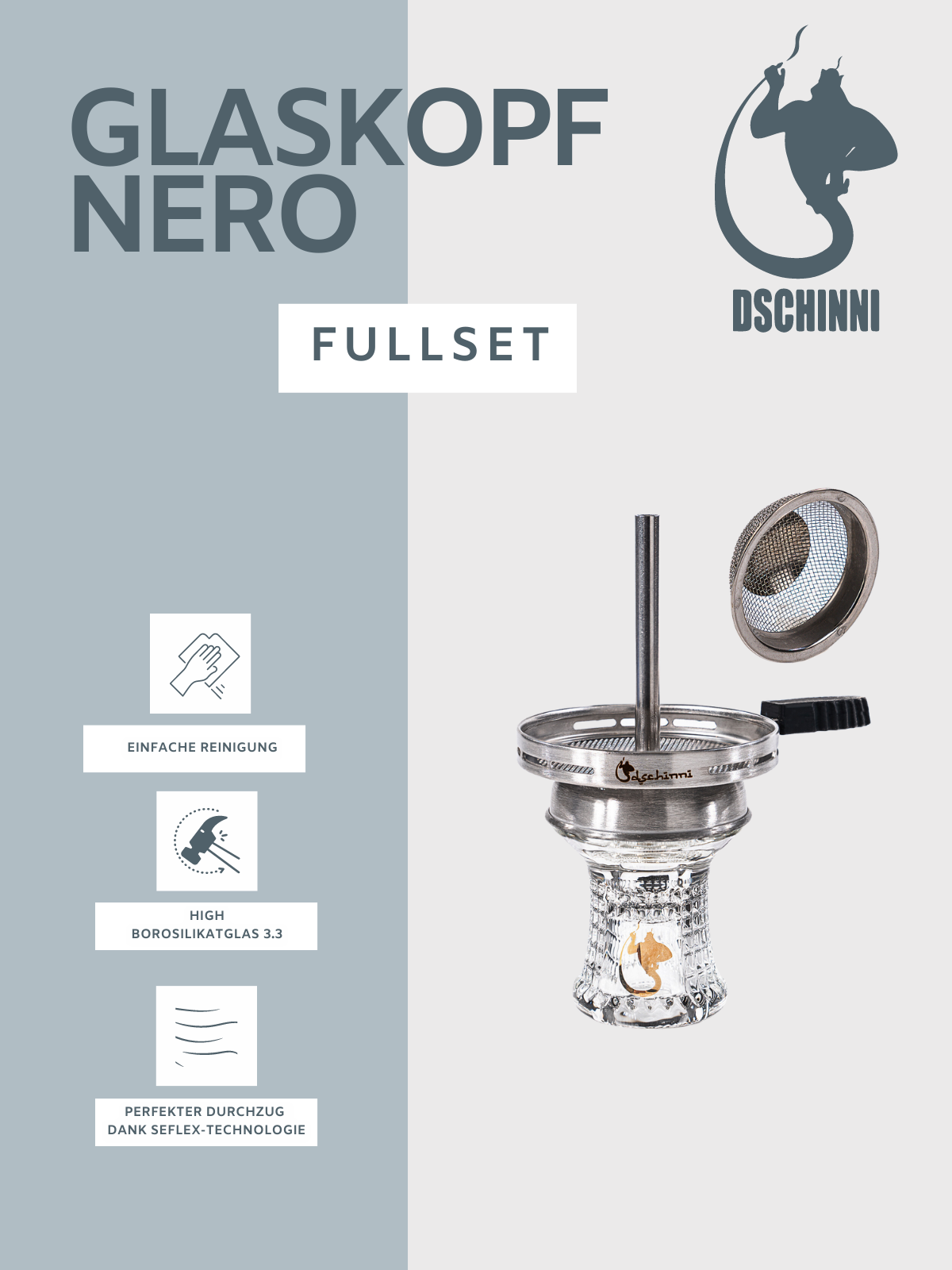Shisha
The shisha, also known as the water pipe, is a smoking device that originated in the Middle East and Asia. In recent decades, hookah has gained popularity worldwide, not only as a traditional smoking method but also as a social activity. In this article, we will look at various aspects of hookah, from its history to how it works to health considerations.
The etymology of shisha: origin and meaning
The word "Shisha" is derived from the Persian word "shīshe", which means "glass". The term was originally used to describe the glass vessel that cools the hookah's smoke. In the Arabic world, the shisha is often referred to as a "hookah", which is a derivative of "huqqa", a term common in parts of India and the Middle East.
The History of the Hookah: A Cultural Journey
The history of shisha goes back hundreds of years. The hookah is believed to have its origins in the Middle East or India, where it was originally made from coconut shells and tubes from the stem of the "Sarak" plant. The hookah played an important role in the social and cultural traditions of many oriental countries. It was enjoyed at social gatherings and was a symbol of hospitality and relaxation.
Smoking utensils for the shisha: an overview
Hookah tobacco: core of shisha flavors
Hookah tobacco, often referred to as “Maassel,” is specifically made for use in hookahs. It is typically moister than regular tobacco and is often infused with molasses and various flavorings to provide a variety of flavors.
Tobacco substitute for shisha: alternatives in focus
For those who want to avoid tobacco, the market offers various tobacco substitutes such as pulp, smoke paste and vapor paste. These products are not only nicotine-free, but are also able to offer a similar smoking experience to traditional shisha tobacco with delicious aromas and flavors. **Pulp** is used as a tobacco substitute that is very similar to tobacco in appearance and cut Offering a wide range of flavors, from mint and watermelon to more exotic combinations like grapefruit and lime. Pulp products are known for their good smoke production and intense taste and offer a healthier alternative to traditional shisha tobacco. **Smoke paste** and **steam paste** are other popular alternatives. These products are usually based on glycerin and are enriched with flavorings to create an intense taste experience. The vape pastes are particularly versatile as they can be combined as desired or even mixed with traditional tobacco to create individual flavors. They come in a variety of flavors, from watermelon and banana to more specific varieties like Bavarian Blue, which tastes of sweet blueberries and a fresh mint hue. Another advantage of steam pastes is their long shelf life as long as they remain airtight. These tobacco replacement products not only offer a nicotine-free smoking experience, but also reduce the amount of pollutants released into the environment and offer compelling value for money. This makes them an excellent choice for shisha lovers who want to enjoy their smoking experience without the negative effects of tobacco.
Arabic Tobacco and the Hookah: A Traditional Choice
Arabic tobacco, also known as "tombak", is a traditional type of tobacco used in some hookah blends. It is stronger than standard hookah tobacco and is valued for a more intense nicotine kick.
Dark Blend tobacco for shisha: intensity and taste
Dark Blend tobacco is a category of shisha tobacco that is characterized by a higher nicotine content and a more intense flavor development. It is made from dark tobacco leaves and offers a richer smoking experience.
Import of shisha tobacco and water pipe charcoal: Legal framework
The import and distribution of shisha tobacco is subject to strict regulations in German-speaking countries. Hookah charcoal, used for lighting the tobacco, is also an important aspect of hookah smoking and comes in various forms such as auto-ignition charcoal and natural charcoal.
The structure of a shisha: components and functions
The shisha consists of several components that together provide a unique smoking experience.
The shisha water vessel: the basis of smoke cooling
The water vessel, often made of glass, is used to cool and filter the smoke. The shape and size of the vessel can affect the smoking experience.
The smoke column of the shisha: connecting element and design piece
The smoke column connects the water vessel to the tobacco head and allows the smoke to pass through the water.
Parts of a smoke column
Dip tube
The dip tube is an essential component that dips into the water vessel. It passes the smoke from the tobacco head through the water and cools it down.
Individual parts of a shisha smoke column: From the smoke pipe to the base
The base connects the water vessel to the smoke column and seals this connection to ensure that the smoke can only escape through the hose.
The head of the shisha: the heart of the aroma development
The bowl of the shisha, into which the tobacco or tobacco substitute is filled, plays a crucial role in the smoking process. The type of bowl can influence smoking behavior and flavor development.
The shisha hose: the path to enjoyment
The user inhales the smoke through the hose. Depending on the model, hookahs can have one or more hoses, making it easier to smoke in groups.
How the shisha works: from the coal to the smoke
The way the shisha works is based on the principle of water cooling and filtration. When you inhale through the hose, a negative pressure is created that pulls the smoke through the water, where it is cooled and partially filtered before it reaches the user via the hose.
The harmfulness of shisha smoking: health aspects
Smoking shisha is not without health risks. The assumption that the water in the hookah completely filters pollutants is a widespread myth. In fact, burning tobacco and coal can produce harmful substances such as carbon monoxide, heavy metals and carcinogens.
Shisha smoking in the Orient: tradition and modernity
Smoking shisha has deep roots in the Orient and represents a long tradition of hospitality and social gatherings. In countries such as Egypt, Lebanon and Turkey, shisha is a central element of social life. Cafes and shisha bars are popular meeting places where people of all ages come together to relax and have conversations. The shisha culture in the Orient is characterized by a variety of flavors and the art of preparation, which is often carried out by experienced shisha masters.
The shisha culture in Germany: Between trend and tradition
In recent decades, shisha culture has also gained popularity in Germany. Shisha bars are particularly popular in urban areas as places for relaxation and exchange among young adults. Germany's cultural diversity is reflected in the wide range of shisha bars, which range from traditional oriental to modern and innovative.
Shisha bars in Germany: Social meeting places of the modern age
Shisha bars in Germany are not only places where shisha is smoked, but also social meeting places that offer an alternative to the usual nightlife. Many bars feature an extensive selection of tobaccos and flavors, accompanied by oriental decoration and music to create an authentic atmosphere.
Poisoning accidents in shisha bars: risks and prevention
Despite the popularity of shisha bars, there have been cases of carbon monoxide poisoning in Germany due to the improper use of coals in poorly ventilated spaces. These incidents highlight the importance of safety precautions and proper ventilation when operating hookah bars.
The consumption of shisha: practices and preferences
Shisha consumption varies greatly depending on individual preferences and cultural background. While some smokers prefer traditional tobacco types and flavors, others experiment with a variety of flavors and tobacco substitutes. The duration of a shisha session can vary, but often lasts between 30 minutes and several hours, depending on the number of participants and the size of the shisha.
The legal situation of shisha smoking in 2022: regulations and restrictions
The legal situation regarding shisha smoking has changed significantly in recent years, especially in 2022. Many countries have introduced laws and regulations to regulate the consumption of tobacco products, including hookah tobacco. These measures often include age restrictions, taxes on tobacco products, restrictions on public sales and consumption, and strict regulations for hookah bars regarding ventilation and fire safety. German-speaking countries have specific laws that regulate the operation of hookah bars and control the handling of tobacco products and coal to ensure public health and safety.
E-Shishas: The electronic alternative to the traditional water pipe
E-shishas, also known as electronic hookahs or vape pens, are a recent development in the smoking products market. They simulate smoking shisha without burning tobacco by instead heating a liquid (e-liquid) which is then vaporized. E-shishas are available in a variety of flavors and are often promoted as a less harmful alternative to traditional shishas and cigarettes. However, there are health concerns here too, particularly with regard to the ingredients in the liquids and the long-term effects of vaping.
Hookah has evolved from a traditional smoking method into a global phenomenon that appeals to people of all ages and backgrounds. The cultural significance of shisha and its role as a focal point of social gatherings remains unchanged, even as the forms and practices continue to evolve. With the advent of e-hookahs and increasing regulation of tobacco consumption, hookah culture is facing new challenges and opportunities.
As the popularity of hookah continues to rise, it is important to be aware of the health risks and consume responsibly. The future of shisha culture will depend on how it adapts to changing social norms and legal frameworks while maintaining its rich tradition and diversity.









Leave a comment
All comments are moderated before being published.
This site is protected by reCAPTCHA and the Google Privacy Policy and Terms of Service apply.